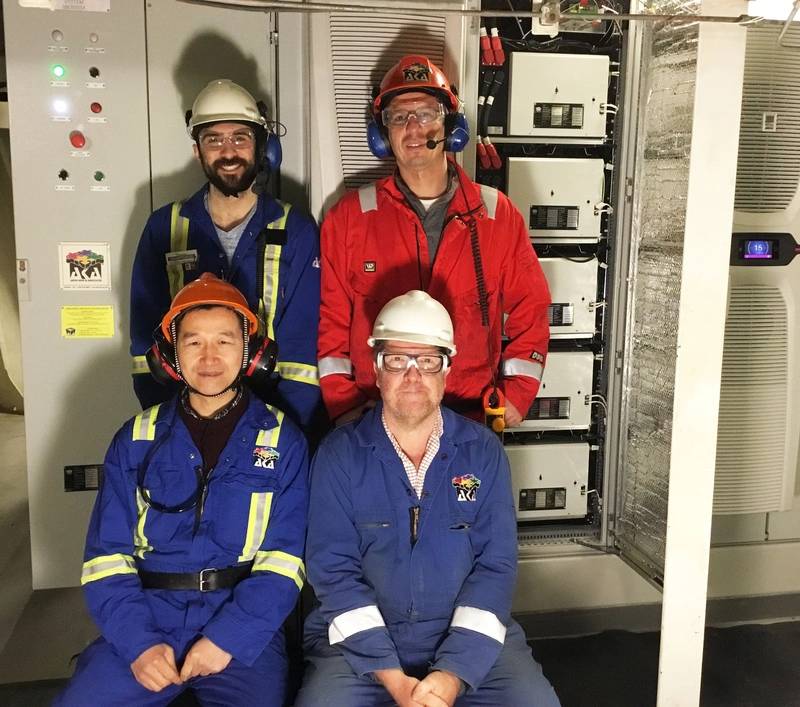
Energy Storage Systems (ESS) that transfer power to the thrusters of Transocean’s Spitsbergen drilling vessel have been successfully installed and tested, marking the first time thrusters have been run directly from batteries on a drilling vessel, engineering and power systems solutions firm Aspin Kemp and Associates (AKA) said.
The project not only demonstrates safe installation of lithium-Ion batteries on an offshore drilling rig but also enables safer operation and increased reliability for station keeping, according to Canadian-based AKA. Additional benefits lie in the optimization of how the diesels are run which saves fuel and reduces environmental impact.
AKA’s full scope of supply for the Spitsbergen hybrid system includes the conversion to DP3 closed-bus operation and the addition of 5.6 megawatts of hybrid power. The thrusters can operate completely independently of the main generators and distribution system allowing the main generators to be fully optimized to the load and simultaneously reducing DP station keeping risk.
Jason Aspin, CEO of Aspin Kemp & Associates, said, “The AKA Energy Storage System at the thrusters is a new way of making the vessels substantially safer by keeping them in position even during a potential failure of the power plant. This prevents them from drifting off the drilling location which endangers the people who work on these rigs and our environment.
“The project is a continuation of our partnership with Transocean who have proven time and time again that they will be at the forefront of technological development through investing and collaborating on these innovative technologies.”
The retrofit is underway in Norway while the drilling rig is in full operation. AKA said it has successfully demonstrated the hybrid concept on the first thruster where the ESS transferred energy to the thruster for a short period of time. The team on-site is continuing with the commissioning of the remaining seven thrusters.
Aspin said, “This project is a step-change in the way industry views currently operating drilling rigs. It demonstrates that these rigs can be converted to safer, more reliable and environmentally-responsible operations without incurring downtime.
 Members of the AKA engineering team in front of the AKA ESS on the Transocean Spitsbergen - from left to right, front row: Jack Yan and Paul Fletcher; back row: Tristan Caron-Lévesque and Aleksandar Cholakov (Photo: AKA)
Members of the AKA engineering team in front of the AKA ESS on the Transocean Spitsbergen - from left to right, front row: Jack Yan and Paul Fletcher; back row: Tristan Caron-Lévesque and Aleksandar Cholakov (Photo: AKA)